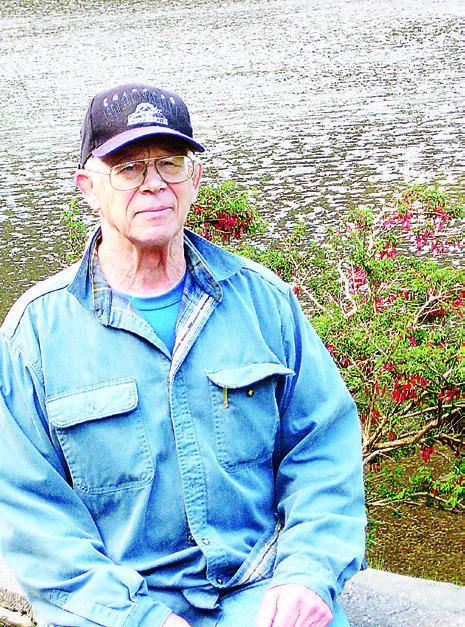
Moe Johnson Running with Moe
Missing the old-fashioned ways
The NCAA Track and Field Championships were held in Austin last week and were televised.
The finals of the events had the best athletes competing in each event trying to be the national collegiate champion.
The sprint events had some amazing finishes and fast times. The technology that was used to determine the times and champions was a necessary feature in most races. Watching the finishes of the different events had me recalling the past methods that were used to determine who won and what the winning time was.
Many years ago when I worked at track meets the most advanced piece of equipment was a handheld stop watch. The finish had two types of officials to determine the finish position of the runners. One group of officials were the ‘timers’ with stop watches. We usually had three officials timing first place. Only one timer was used for second, third, and fourth place finishes. The rule was start the watch when you saw the smoke from the starter’s pistol. The timers were given instructions on how to press the button on the top of the stop watch to get the fastest movement. It varied from using the index finger, the middle finger, or the thumb. If a timer waited until they heard the sound of the gun it resulted in several tenths of a second faster time by the runner. The three first place timers would gather together and see how times compared. Very seldom were all three in agreement. The fastest time was usually eliminated with the thought that the timer started the watch with the sound of the gun.
It varied with determining the finish time depending if the timers took an average of the three times or picked the fastest time. There were a few times when second place time was faster than the first place time. Not necessarily the best method for recording times in an event.
The other group of officials were the ‘pickers’. They had up to five officials assigned to the various place finishes.
One official picked the first runner, the second official picked the second runner, etc., depending on how many places counted for team points. Picking first was usually the easiest one to choose in a race. The hardest were from third and fourth on back. Those pickers had to count each place and then try to see which runner was fourth or fifth, etc. There were more than a few times when the third place picker went to get the name of who they picked for that position only to have another picker get there first and told the official that this is the runner that got second. Now they have to find another runner for third – if they could remember who was in that lead group.
I looked at the finish times in different events and tried to imagine what it would be like using the old method of timers and pickers. In the 100 meter event the first three runners crossed the finish line with a difference of two one-hundredths of a second (.02). Third place was .02 seconds behind first place. Try to imagine how fast a person can press the button to stop the watch. The third place timer had to watch two runners cross the finish before they can start to stop their watch in .02 seconds. This is an almost impossible reaction time with a handheld stop watch.
The difficulty also would have been with those officials that were pickers. In one sprint race the top 8 runners were within one second of each other.
Imagine eight runners crossing the finish line in one second. If you thought picking first place was hard enough try to imagine the picker that had fourth place. The fourth place picker had to watch four runners cross the finish line in a line of eight closely bunched runners and pick out the fourth runner in less than one second.
I had the opportunity to be a timer in a meet in Flagstaff, Arizona when I taught there. It was the year that the Olympics were in Mexico City at a high elevation. Flagstaff is close to 6,000 feet in elevation and many countries came to Flagstaff to train and acclimatize to running in high altitude. That was the year Billy Mills won the 10,000 meter race for the U.S. We had the best we could manage at picking experienced officials for the practice meet between these international athletes. I was a timer and had first place so my job was the least difficult. The events described earlier in the article all seemed to happen at one time or another. Fortunately officials had a video tape that could be watched to get the correct athletes in the correct finish place. Watching the NCAA meet brought back memories.











